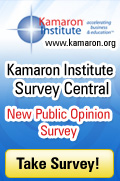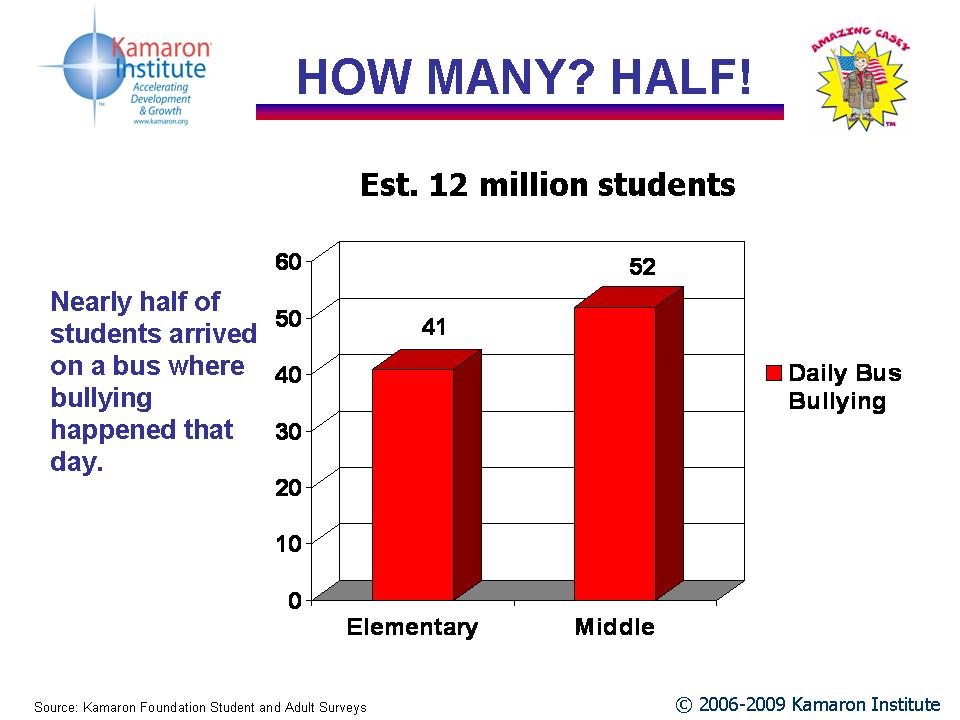
How to Tame Time Gobblers and Meeting Monsters
Wasted time spent in poorly planned meetings regularly leads the list of worker productivity woes. Rampant meeting inefficiency abounds. The issue is so prevalent that it’s a recurring Dilbert cartoon theme. One New Jersey based technology firm has tested an idea requiring staffers to stand to keep their meetings brief. It has helped. The likelihood of meeting success or failure is determined well before a meeting time is circulated or the conference call time is reserved. Fortunately, much of the meeting pain and time drain is avoidable.
Hallmarks of bad meetings include having no agenda, no specific goal, too many people or the wrong people, no official note taking and time keeping, and poor follow through. A survey of 150 corporate meetings across 50 industries found that half had no written meeting agenda. The missing agenda starts the effectiveness downward spiral. It gets worse. Less than one third of the observed meetings had someone capturing minutes of the meeting. Only one in ten meetings tracked during the study included the critical follow through process and clear communication of next steps.
More Effective Meetings
Effective meeting leaders choose to be “we” focused thinkers. Business philosopher Peter Drucker observed, “The leaders who work most effectively, it seems to me, never say 'I'. And that's not because they have trained themselves not to say 'I'. They don't think 'I'. They think 'we'; they think 'team'. They understand their job to be to make the team function. They accept responsibility and don't sidestep it, but 'we' gets the credit.... This is what creates trust, what enables you to get the task done.”
1. Agenda
Plan, prepare, and circulate the agenda. The agenda acts as the meeting road map and stopwatch. Clearly explain the individual’s participation so they can prepare their materials and their information points appropriately. An effective agenda includes the meeting purpose and goals. Time invested in a well prepared agenda tells the meeting participants: “here is why this will be a good investment of your time.’
2. Right People
Meetings are only productive when attended by the right people. Your meeting team should be comprised of people who have direct experience with the issue to be discussed and a track record of success. Meeting members should share a vested interest in making the right decisions and a willingness to move beyond personal agendas. Andrew Carnegie explained, “Strength is derived from unity. The range of our collective vision is far greater when individual insights become one.”
The people who are vital to the meeting’s effectiveness are those that must make the decision and assume responsibility for its success.
3. Zero Tolerance for Electronic Interference
No cell phones. No PDAs. No electronic divas. No laptops. No exceptions. Each attendee is either in the meeting, focused and contributing to the team, or they aren’t. Be iron willed in this area. If everyone else in the room can close down electronic gear, for the good of the group, so can this electronic diva.
4. Designate A Time Keeper and Scribe
An important way to respect time and increase meeting effectiveness is to have a specific person ‘of influence’ who acts as that meeting’s time keeper and scribe. Treat it as an honor and not an administrative dumping ground. This person is empowered before the meeting begins to move attendees from subject to subject in a timely manner and to move discussion to an “additional research box” if it can not be easily handled in this meeting’s framework. Keep this Time Keeper/Scribe position rotating if you have more than one meeting.
5. Summarize and Clarify
Be sure your agenda allows time for the meeting leader to summarize and gain consensus on each key item. If you have to take a verbal vote on each agenda action item - do so. You do not want people appearing to agree in the meeting and then pursuing a conflicting agenda when the meeting concludes. The meeting scribe can capture the agreement and the individual vote on the key action items. Assign responsibility and due dates to any follow up on action items. The meeting team needs to clearly know “What action steps are due. What reports or projects are to be prepared and by whom? “
6. Follow up
If a second meeting is required, the best time to set it up is before the first meeting ends.
Send out ‘thank you’ meeting notes, action items, and timelines within 24 hours of your meeting. This follow up step will put you in the top ten percent of meeting leaders and in meeting productivity.
Source: Kamaron Institute
© 2006-2009. All rights reserved
###


